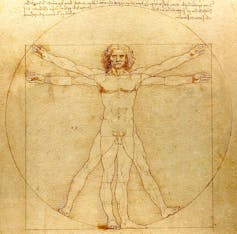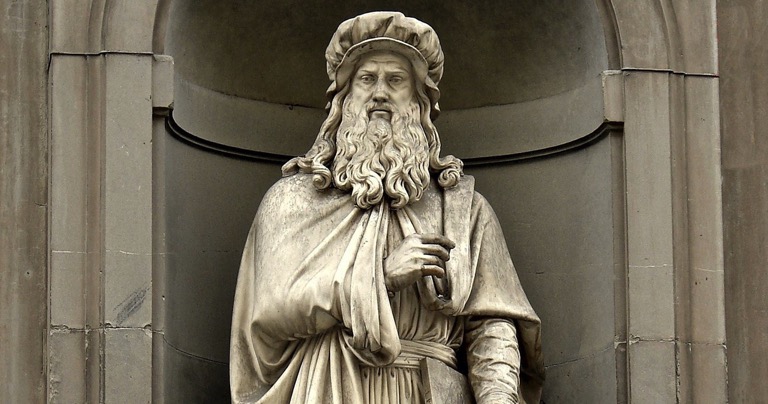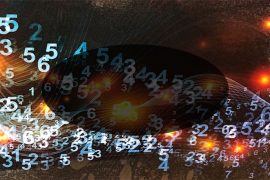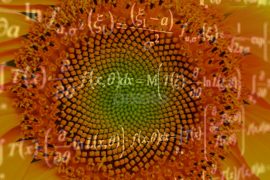This year marks the 500th anniversary of Leonardo da Vinci’s death. Widely considered one of the greatest polymaths in human history, Leonardo was an inventor, artist, musician, architect, engineer, anatomist, botanist, geologist, historian, and cartographer.
Though his artistic output was small, Leonardo’s impact was great, reflecting his deep knowledge of the body, his extensive studies of light and the human face, and his sfumato (Italian for “smoky”) technique, which allowed for incredibly lifelike images. Leonardo regarded artists as divine apprentices, writing “We, by our arts, may be called the grandsons of God.”
Twenty-first-century scholars at MIT ranked him the sixth most influential person who ever lived. Like Rembrandt and Michelangelo, he is so renowned that he is known by only his first name. Yet despite his fame, there are things about Leonardo that many people today find surprising.
1. Shady Parentage
Leonardo was born out of wedlock on April 15, 1452. His father, Piero, was a wealthy notary, and his mother, Caterina, was a local peasant girl. Although the circumstances of his birth would place Leonardo at a disadvantage in terms of education and inheritance, biographer Walter Isaacson regards it as a terrific stroke of luck. Rather than being expected to become a notary like his father, Leonardo was instead free to develop the full range of his genius. People surmise that it also imbued him with a special sense of urgency to establish his own identity and prove himself.
2. Physical Beauty
Leonardo created some of the world’s most beautiful works of art, including the “Last Supper” and the “Mona Lisa.” In his own day, he was known as an exceptionally attractive person. One of Leonardo’s biographers describes him as a person of “outstanding physical beauty who displayed infinite grace in everything he did.” A contemporary described him as a “well proportioned, graceful, and good-looking man” who “wore a rose-pink tunic” and had “beautiful curling hair, carefully styled, which came down to the middle of his chest.” Leonardo is thought to have entered into long-term and possibly sexual relationships with two of his pupils, both artists in their own right.
3. From Scraps to Notebooks

The paintings generally attributed to Leonardo number fewer than 20, while his notebooks contain over 7,000 pages. They’re the best source of knowledge about Leonardo, housed today in locations such as Windsor Castle, the Louvre and the Spanish National Library in Madrid. Their diverse content ranges across drawings—most famously, Vitruvian Man—notes of things he wanted to investigate, scientific and technical diagrams and shopping lists. They comprise perhaps the most remarkable monument to human curiosity and creativity ever produced by a single person. Yet when Leonardo penned them, they were just loose pieces of paper of different types and sizes. His friends bound them into “notebooks” only after his death.
4. Outsider’s Education
As a result of his illegitimacy, Leonardo received a rather rudimentary formal education consisting primarily of business arithmetic. He never attended university and sometimes referred to himself as an “unlettered man.” Yet his lack of formal schooling also freed him from the constraints of tradition, helping to instill in him a determination to question authority and place greater reliance on his own experience than opinions expressed in books. As a result, he became a firsthand observer and experimenter, uninterested in serving as a mouthpiece for the classics.
5. Prolific Procrastinator
Do you find these posts helpful and informative? Please CLICK HERE to help keep us going!




